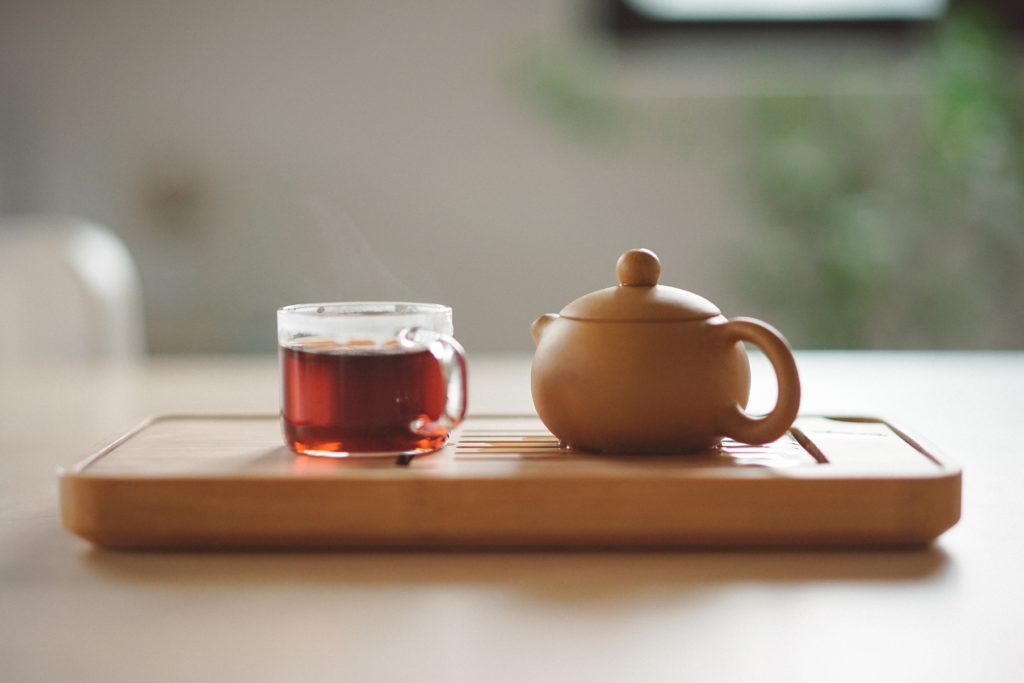Research conducted by a student from Stellenbosch University may go far in putting South Africa’s honeybush tea on the map.
The first people to make use of the honeybush plant were probably the Khoi San people, who champion its brew for its high antioxidant composition. Since then, the plant has made its way across the world for its sweet taste and health properties.
PhD student Brigitte du Preez has written a dissertation on how to describe and quantify the differences between brews to improve quality control, as there has been much debate on how the perfect cup should look.
“Honeybush tea has a recognisable, fragrant floral, apricot, caramel and fynbos-sweet aroma and sweet taste,” said Du Preez to SowetanLIVE. “Its characteristic sensory profile has been mapped and can be used in quality scoring of samples of different production batches of the tea.”
Her study forms part of the Agricultural Research Council’s (ARC) research on honeybush tea, and has shown that it is possible to provide a sensory “quality seal” for different batches of the tea. The sensory qualities of the tea, including the aroma, appearance and taste, are believed to be important in telling the difference between a bad cup of honeybush tea and a good one.
Since the South African government does not have any specific quality standards, many different qualities of the tea can make its way onto the market.
Du Preez has developed a rapid quality-grading system based on three commercially important honeybush species. These include C. intermedia, C. subternata and C. genistoides.

